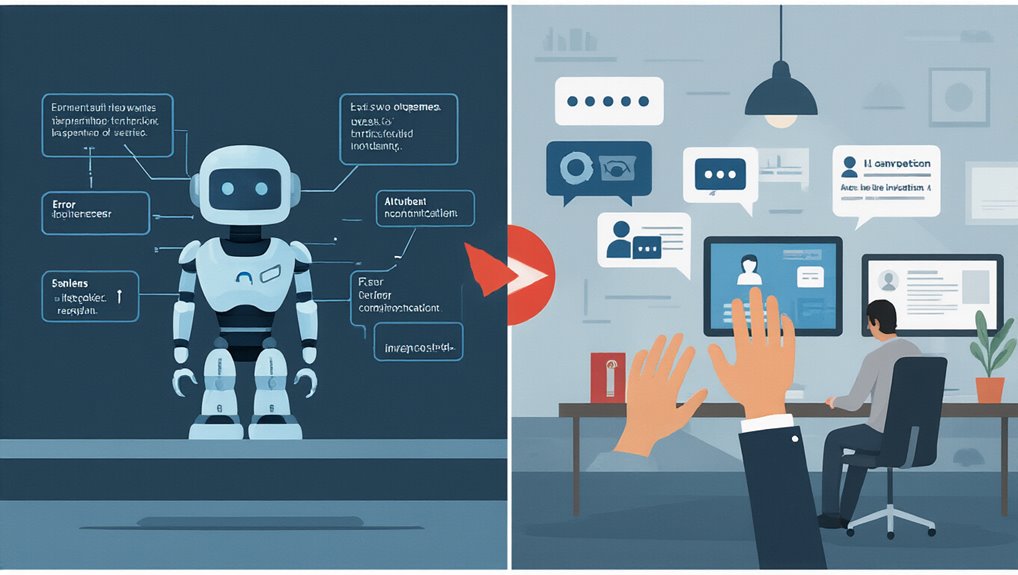Service Integration and Management (SIAM) skills have emerged as a critical differentiator in today’s competitive IT job market. The integration of these competencies into senior IT positions reflects a fundamental shift in how organizations manage complex technology ecosystems.
Recent data shows job descriptions requiring SIAM skills have increased markedly—38% for permanent positions and an impressive 124% for contract roles since 2022. This surge indicates SIAM’s growing importance in managing multi-vendor environments effectively.
The dramatic rise in SIAM skill requirements reflects its essential role in orchestrating today’s complex multi-vendor IT ecosystems.
While rarely appearing as a standalone job title, SIAM has become a core competency within broader IT leadership roles such as service management, project management, and operations management. Organizations recognize that professionals who can harmonize service delivery across multiple providers deliver consistent quality and better business alignment.
These skills are particularly valued in multinational corporations and enterprises with diverse IT service providers. Organizations with properly integrated SIAM frameworks can achieve significant cost reductions through streamlined workflows and improved resource allocation. The updated SIAM Body of Knowledge serves as a globally recognized standard that enhances the credibility of professionals possessing these skills. The core SIAM competencies most valued in the job market include mastery of service integration frameworks, strong communication abilities, and negotiation skills.
Professionals must demonstrate proficiency in risk management and strategic planning to advance in high-impact IT careers. IT Jobs Watch data confirms that Technology Integration Manager positions frequently list SIAM knowledge as a mandatory qualification.
For ITSM professionals, SIAM knowledge significantly enhances traditional expertise. Those with combined SIAM and ITIL certifications are better positioned to lead digital transformation initiatives while maintaining operational stability. Implementing SIAM practices enables professionals to leverage AI and automation technologies for improved service integration across platforms.
Similarly, delivery managers and project managers leverage SIAM methodologies to coordinate complex initiatives involving multiple stakeholders and external vendors.
You can develop these in-demand skills through specialized training programs focused on:
- Multi-vendor governance frameworks
- Cross-functional communication strategies
- Service level agreement management
- Integrated risk assessment methodologies
The rise in SIAM skill requirements represents more than a passing trend. It signifies a fundamental evolution in how organizations approach IT service delivery and integration.
For professionals seeking high-impact careers in modern IT, developing SIAM competencies isn’t merely beneficial—it’s increasingly essential for long-term career advancement and success.








